Introduction
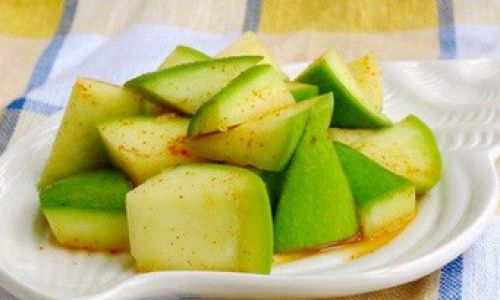
Pickled mango, a delightful and tangy treat enjoyed across various cultures, offers a refreshing burst of flavor that can elevate any meal or be enjoyed as a snack on its own. This traditional preserve combines the natural sweetness of ripe mangoes with the tangy bite of vinegar and the subtle warmth of spices, creating a harmonious blend of tastes that is both exotic and comforting. Whether you’re looking to preserve a bounty of mangoes from your garden, add a unique twist to your culinary repertoire, or simply indulge in a tangy, sweet delight, learning how to make pickled mango is a rewarding endeavor.
In this comprehensive guide, we’ll walk you through the entire process of making pickled mango, from selecting the perfect mangoes to storing your finished jars. We’ll cover essential tips, troubleshooting advice, and even a few variations to inspire your creativity. By the end, you’ll be equipped with the knowledge and skills to craft your own batch of delicious, homemade pickled mango.
Chapter 1: Understanding the Ingredients
Before diving into the recipe, let’s take a closer look at the key ingredients you’ll need and their roles in the pickling process.
Mangoes:
The star of the show, mangoes should be ripe but not overly soft. They should yield slightly to pressure when gently pressed and have a vibrant color. Varieties like Alphonso, Tommy Atkins, or Keitt are ideal for pickling due to their balance of sweetness and firmness.
Vinegar:
White vinegar, apple cider vinegar, or rice vinegar are commonly used for pickling. Each type offers a slightly different flavor profile: white vinegar is sharp and clean, apple cider vinegar has a milder, slightly sweet apple flavor, and rice vinegar is mild and slightly sweet with a hint of rice aroma. Choose the one that best suits your taste preference.
Sugar or Honey:
To balance the tang of the vinegar, sugar or honey is added. This not only sweetens the pickles but also helps to preserve them by creating a higher osmotic pressure environment that inhibits harmful bacteria.
Salt:
A small amount of salt enhances the flavors and acts as a natural preservative.
Spices:
Spices like mustard seeds, cumin seeds, turmeric powder, red chili powder, and garlic add depth and complexity to the pickles. Feel free to adjust the quantities based on your taste preferences.
Fresh Herbs (Optional):
Adding fresh herbs like cilantro, mint, or fenugreek leaves can infuse your pickles with additional layers of flavor.
Chapter 2: Preparing the Mangoes
The first step in making pickled mango is preparing the fruit. Here’s how to do it:
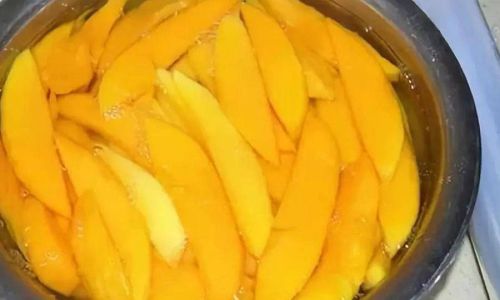
Selection and Cleaning:
Start by selecting ripe mangoes as described earlier. Rinse them thoroughly under running water to remove any dirt or pesticides. Pat them dry using a clean kitchen towel.
Peeling and Slicing:
Using a sharp knife, peel the mangoes. To slice them, you have two options:
- Dice them into small cubes: This method is great for a quick, bite-sized pickle.
- Slice them into thin strips or wedges: This shape retains more of the mango’s natural sweetness and texture, making for a more substantial pickle.
Soaking (Optional):
Some recipes recommend soaking the mango slices in salted water for an hour before pickling. This helps to draw out excess moisture and firm up the fruit, resulting in crisper pickles. However, this step is optional and can be omitted if you prefer a softer texture.
Chapter 3: Making the Pickling Syrup
The pickling syrup is the magic that transforms fresh mango slices into tangy, sweet pickles. Here’s how to make it:
Combining Ingredients:
In a large, heavy-bottomed pot, combine the vinegar, sugar (or honey), salt, and spices. Stir well to ensure that the sugar and salt are fully dissolved.
Heating the Syrup:
Place the pot over medium heat and bring the mixture to a gentle boil. Stir occasionally to prevent scorching.
Taste Adjustment:
Once the syrup reaches a boil, taste it and adjust the sweetness and saltiness to your liking. Remember that the pickles will continue to absorb flavors as they sit in the syrup, so err on the side of slightly less sweetness and saltiness if you’re unsure.
Chapter 4: Pickling the Mangoes
Now that the syrup is ready, it’s time to add the mango slices and let the pickling process begin.
Adding Mangoes:
Carefully add the prepared mango slices to the boiling syrup. Stir gently to ensure they are evenly coated.
Simmering:
Reduce the heat to low and let the mangoes simmer gently in the syrup. The exact simmering time can vary depending on your preference for texture—anywhere from 5 to 15 minutes. Keep an eye on the pot to prevent the syrup from boiling over and to ensure the mangoes don’t become too soft.
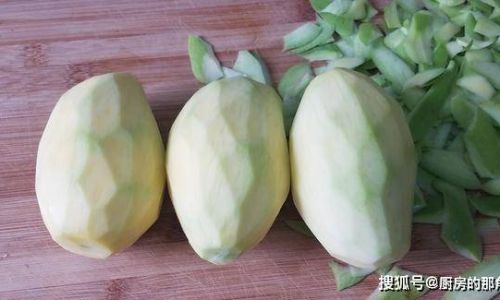
Testing for Doneness:
After the desired simmering time, remove a piece of mango and let it cool slightly. Taste it to check for doneness. The mango should be tender but still hold its shape, and the flavors of the syrup should have infused the fruit.
Chapter 5: Packing and Storing
Once the mangoes are perfectly pickled, it’s time to pack them for storage.
Sterilizing Jars:
Before packing the pickles, sterilize your jars and lids to prevent contamination. You can do this by boiling them in water for 10 minutes or running them through the dishwasher’s hot cycle.
Packing the Mangoes:
Using a slotted spoon, transfer the mango slices from the syrup into the sterilized jars. Ladle the hot syrup over the mangoes, ensuring they are fully submerged. This is crucial for preservation.
Sealing and Cooling:
Wipe the rims of the jars clean with a damp cloth to remove any syrup residue, then secure the lids tightly. Place the jars on a rack in a single layer and allow them to cool to room temperature. As they cool, the lids will form a vacuum seal, indicating that the pickles are properly preserved.
Storing:
Once cooled, store the jars in a cool, dark place, such as a pantry or cellar. Pickled mango can last for several months, provided it remains sealed and unopened. Once opened, store the jar in the refrigerator and consume within a few weeks for best quality.
Chapter 6: Troubleshooting and Tips
Even the most seasoned cooks can encounter issues when pickling mangoes. Here are some troubleshooting tips and general advice to ensure success:
Soft Mangoes:
If your mangoes are too soft, they may fall apart during simmering. To prevent this, use firmer mangoes and reduce the simmering time.
Cloudy Syrup:
Cloudiness in the syrup can be caused by starch from the mangoes. To avoid this, soak the mango slices in cold water for 30 minutes before pickling to draw out excess starch.
Overly Sweet Pickles:
If your pickles are too sweet, you can balance the sweetness by adding a bit more vinegar or salt to the syrup before packing.
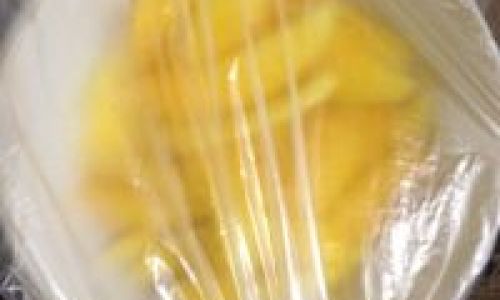
Preserving Flavor:
For the best flavor retention, use fresh, high-quality ingredients and avoid overcooking the mangoes.
Chapter 7: Variations and Creativity
The basic pickled mango recipe is a versatile foundation that can be adapted to suit your taste preferences and dietary needs. Here are a few variations to inspire your creativity:
Spicy Pickled Mango:
Increase the amount of red chili powder or add fresh chili slices for a fiery kick.
Garlic-Infused Pickles:
Add more garlic cloves to the syrup for a garlic-forward flavor.
Tropical Fusion:
Infuse the syrup with tropical fruits like pineapple or papaya for a unique twist.
Low-Sugar Version:
Use a sugar substitute like stevia or monk fruit extract to reduce the sugar content.
Herbed Pickles:
Add fresh herbs like cilantro, mint, or dill to the jars before sealing for an aromatic, fresh flavor.
Conclusion
Making pickled mango is a delightful way to preserve the sweet, juicy flavor of summer’s bounty and enjoy it throughout the year. With this comprehensive guide, you now have the knowledge and skills to craft your own batch of delicious, homemade pickled mango. Whether you stick to the classic recipe or explore exciting variations, the end result will be a tangy, sweet treat that delights your taste buds and brings a touch of exotic flair to your meals. Happy pickling!
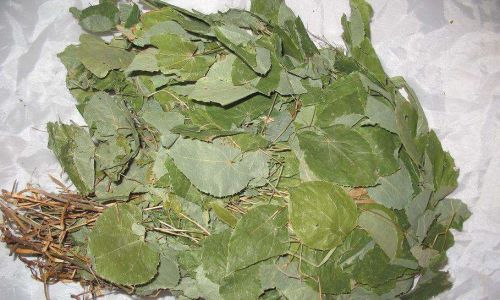
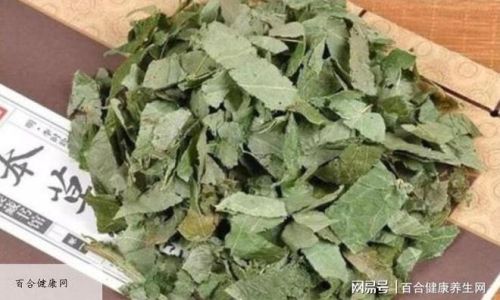
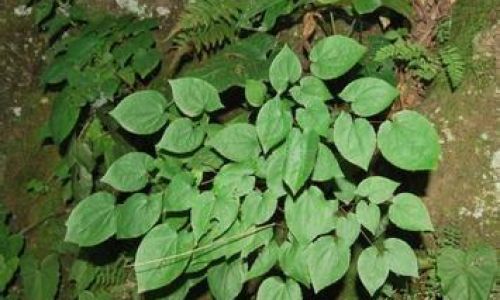
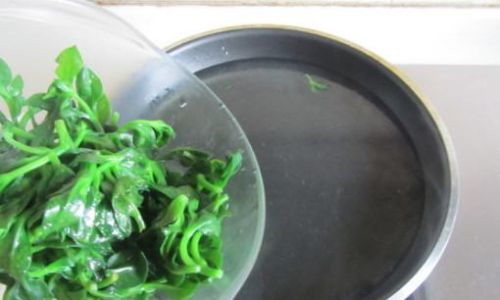
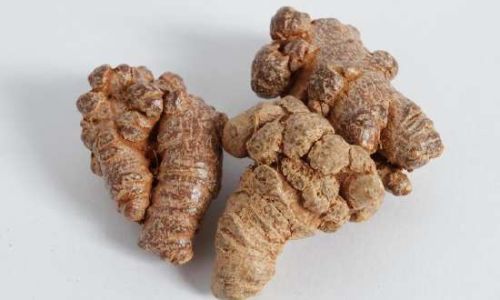
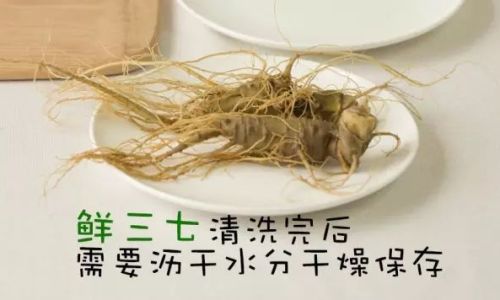
0 comments